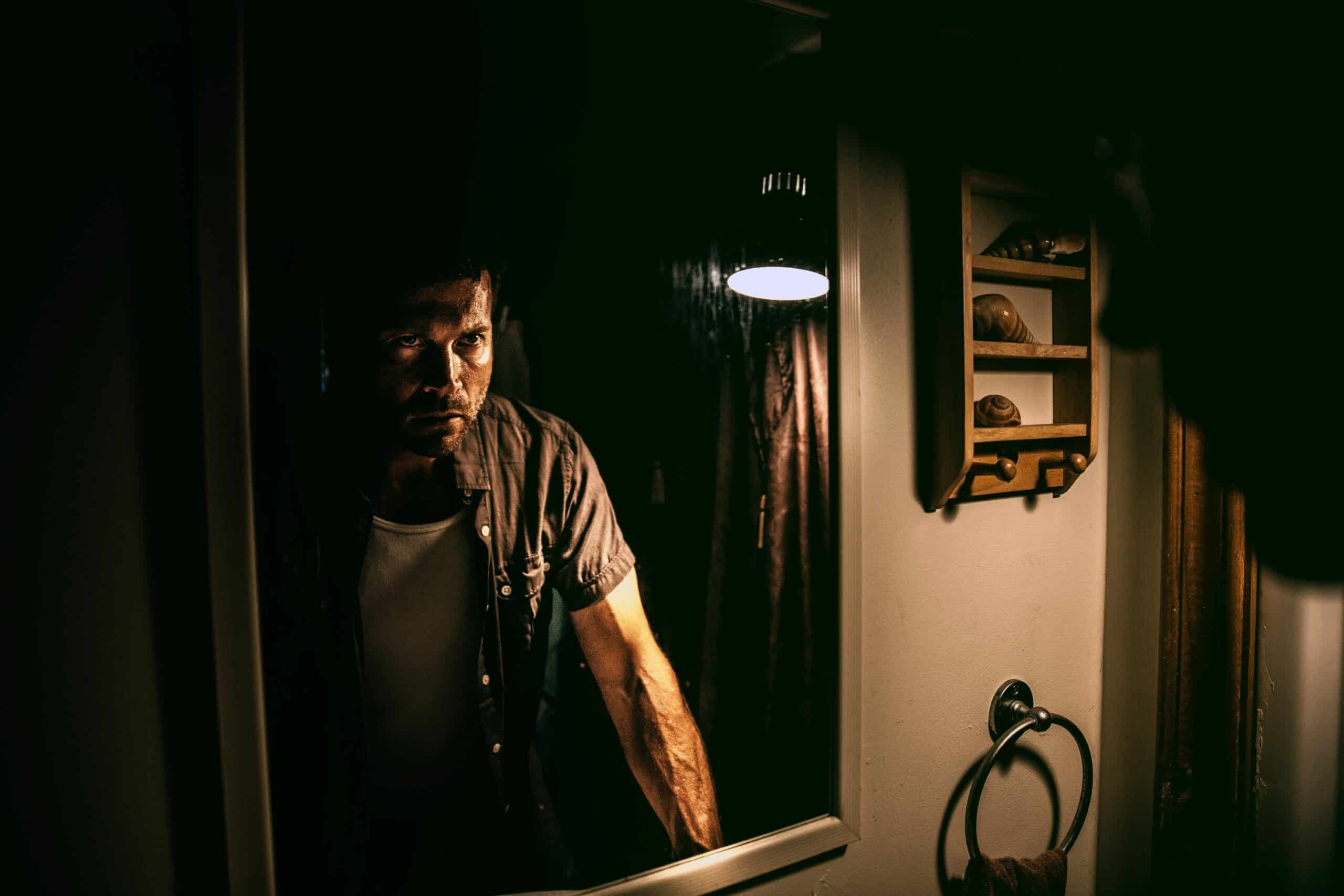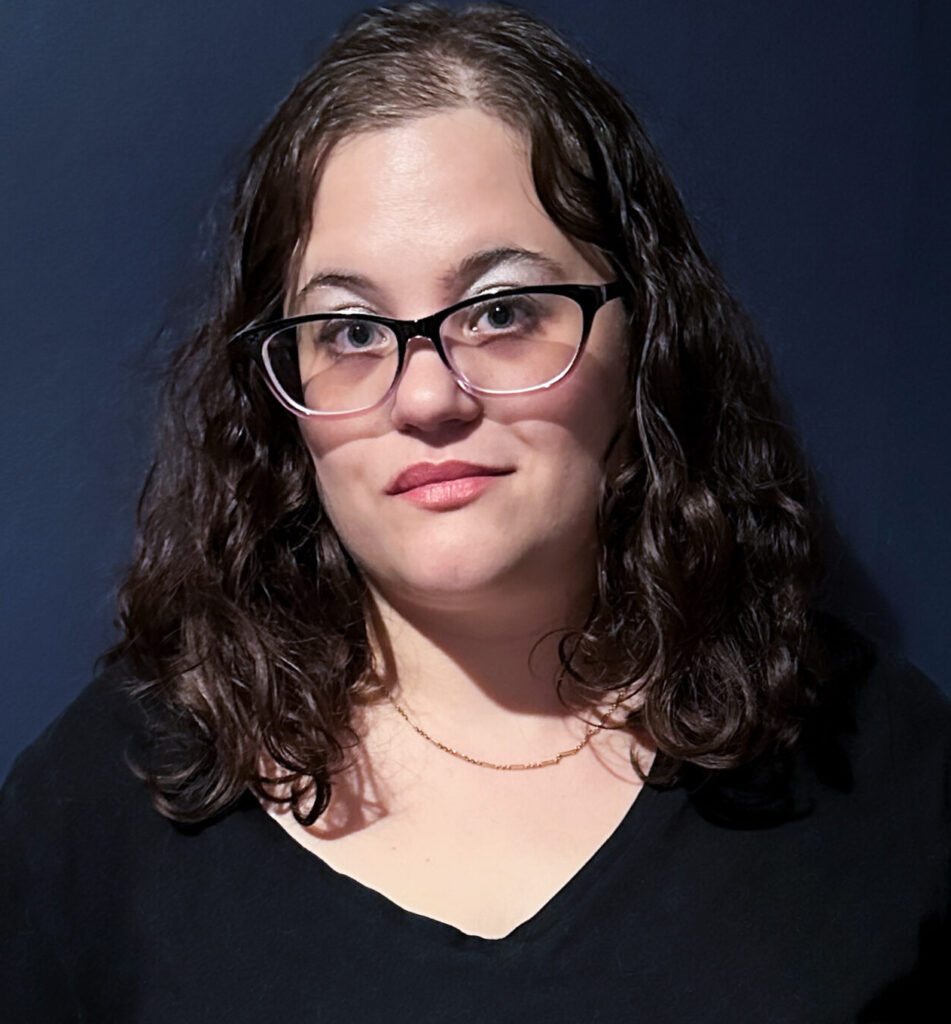
- Misophonia and OCD are both neurologically-based disorders with emotional and behavioral components
- A person can have both misophonia and OCD
- However, not all people with OCD have misophonia, and not all people with misophonia have OCD
- The DSM 5 expanded the classification and criterion for OCD to “Obsessive-Compulsive and Related Disorders”
- Within this category are obsessive compulsive disorder (OCD), body-dysmorphic disorder, hoarding disorder, trichotillomania (hair pulling), excoriation (skin picking), substance/medication-induced obsessive-compulsive and related disorder, and unspecified obsessive disorder
DSM-5 Diagnostic Criteria for Obsessive-Compulsive Disorder
- Presence of obsessions, compulsions, or both:
- Recurrent and persistent thoughts, urges, or impulses that are experienced, at some time during the disturbance, as intrusive and unwanted, and that in most individuals cause marked anxiety or distress.
- The individual attempts to ignore or suppress such thoughts, urges, or images, or to neutralize them with some other thought or action (i.e., by performing a compulsion).
Differences of OCD and Misophonia
- Misophonia includes aversive reactivity to environmental stimuli from outside (not just cognitive)
- Obsession with sound is not due to “obsession itself” but due to an intrusion via outside stimuli
- Inability to look away from triggers also not “obsession” (related to threat response)
- Cognitive behavior therapies and medication are the standard treatments for OCD
- Cognitive behavior therapies may help a person with misophonia but only as part of a larger coping skills plan (due to quick reactivity of amygdala which kicks of the sympathetic nervous system/fight/flight)
- Misophonia and OCD are not the same
- Yet, a person can certainly have both and a person can have symptoms of both
If you are looking for misophonia coping skills, you can go here to see coaching (worldwide) and here to see therapy (Canada) options with Shaylynn Hayes-Raymond. Shaylynn also offers both live and on-demand webinars for misophonia.







